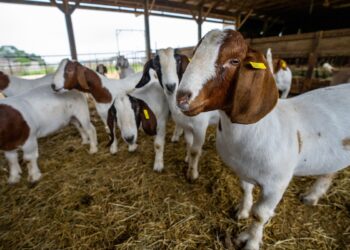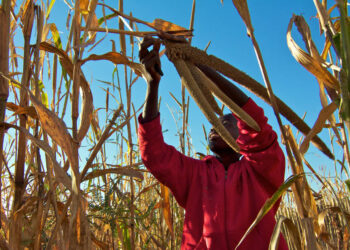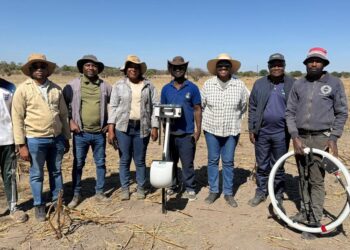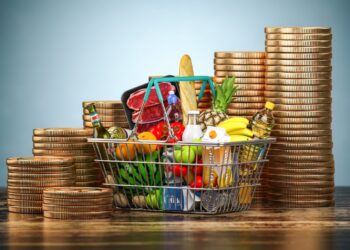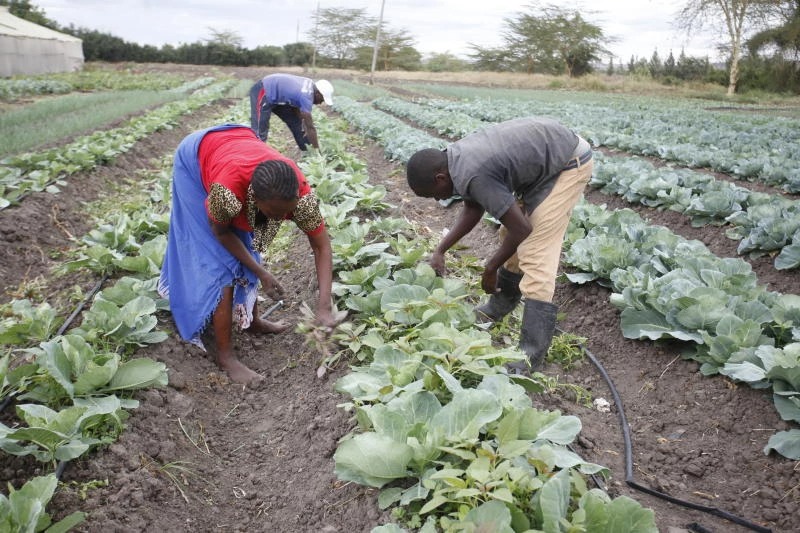
The International Monetary Fund (IMF) has called on Namibia to significantly expand investment in agriculture resilience, warning that worsening drought conditions pose a severe threat to food security, economic growth and fiscal stability.
The IMF’s Selected Issues Paper finds that 92% of Namibia’s land is arid, with rainfall becoming increasingly unpredictable and temperatures rising by 1.2°C over the past century.
Agriculture supports 70% of the population either directly or indirectly, but output has dropped by 31.7% in 2023 and 6.6% in 2024 due to drought.
“Approximately 40% of the population is already facing high levels of acute food insecurity and 84% of food reserves are exhausted as of September 2024,†the IMF stated.
Water stress has compounded challenges. Dam levels fell by 70% in 2024, and reduced flows in the Kunene River cut hydropower output. Namibia now imports over half of its electricity, particularly during the dry season.
“Erratic floods can lead to damages worth 0.4% of GDP by 2030,†the paper notes, adding that urban water scarcity and rural supply failures are both worsening.
The IMF warns that climate shocks could push internal migration, strain social services, and deepen unemployment. In past droughts, up to 550,000 people were affected and damages reached 4% of GDP.
“Namibia ranks 109th out of 187 countries for climate vulnerability, with heightened vulnerabilities in water and food security,†the report highlights.
IMF noted that Agriculture is highly vulnerable to climate change. Indeed, extreme weather events in Namibia have affected primarily the agricultural sector, with consequences for food security given the prevalence of subsistence farming.
“Investment in agriculture is important for raising productivity and reducing future damages to output that could be caused by intensified weather-related shocks,” said the IMF.
The Fund supports a dual strategy combining development and adaptation investment. Its simulations show that a mixed approach using 1.5% of GDP annually, 0.1% for adaptation and 1.4% for development, can significantly cushion long-term output losses.
“Reallocating a modest amount of public development investment to adaptation investment would reduce damages considerably,†it stated.
Underinvestment in adaptation is projected to shrink total output by 7% and raise agricultural imports by 45% by 2050. By contrast, with mixed investment, output losses can be held below 0.5% and import dependency reduced.
“A severe drought condition is estimated to have an adverse impact on GDP growth of 0.7 percentage points in the year following the shock,†the IMF said.
This comes as Namibia has committed 0.9% of GDP toward drought relief since FY23/24, with programs targeting food aid, seed supply and water access. Future spending on water infrastructure is expected to average 0.3% of GDP annually over the medium term.
“Balancing investments between adaptation and broader development goals would help minimise climate-related losses while using fiscal resources more efficiently,†the Fund advised.
A key recommendation is to reduce food import reliance, which currently stands at 39% of agricultural consumption. Climate-resilient farming, insurance schemes, and early warning systems were also proposed.
“It is crucial to plan and implement a sound and fiscally feasible adaptation investment strategy to boost the resilience of agriculture,†the report noted.


